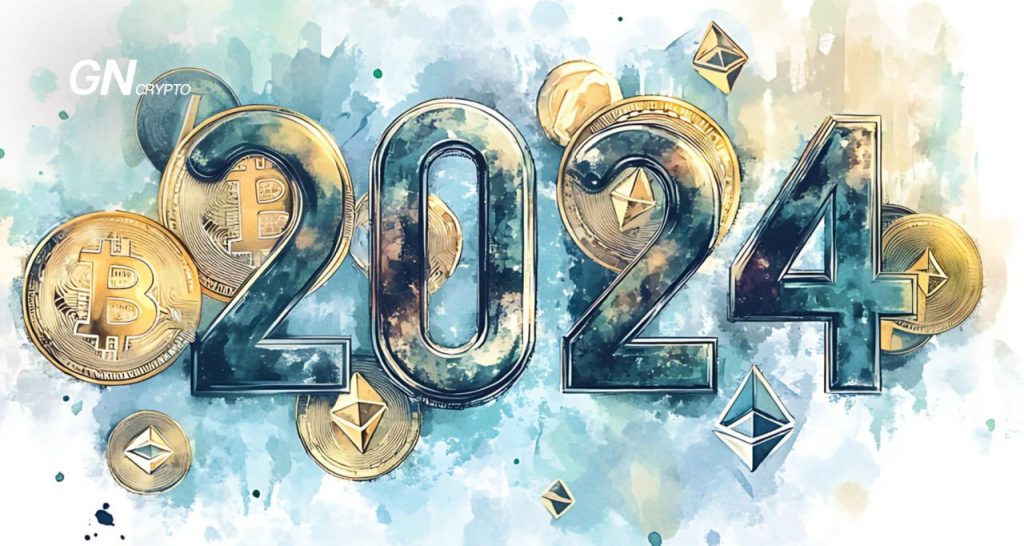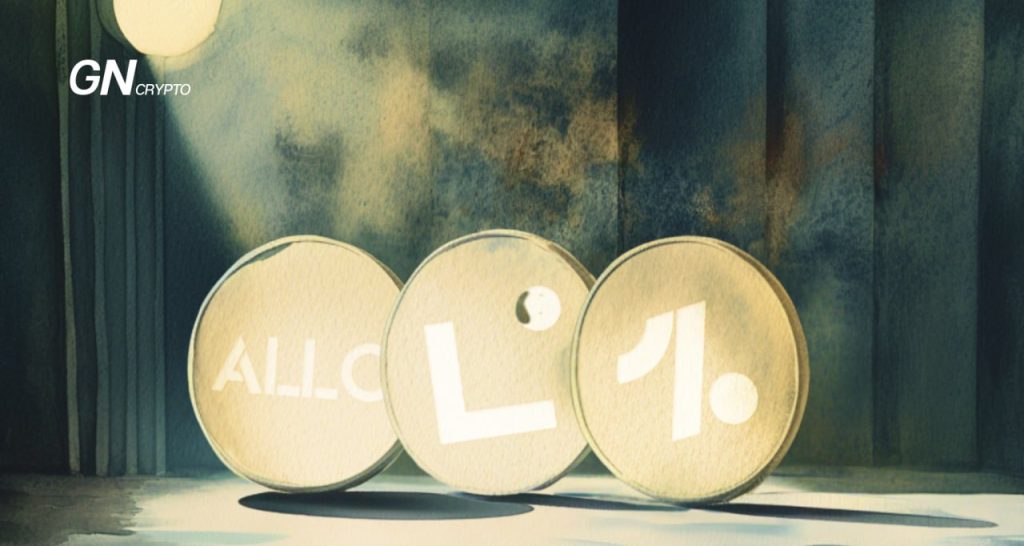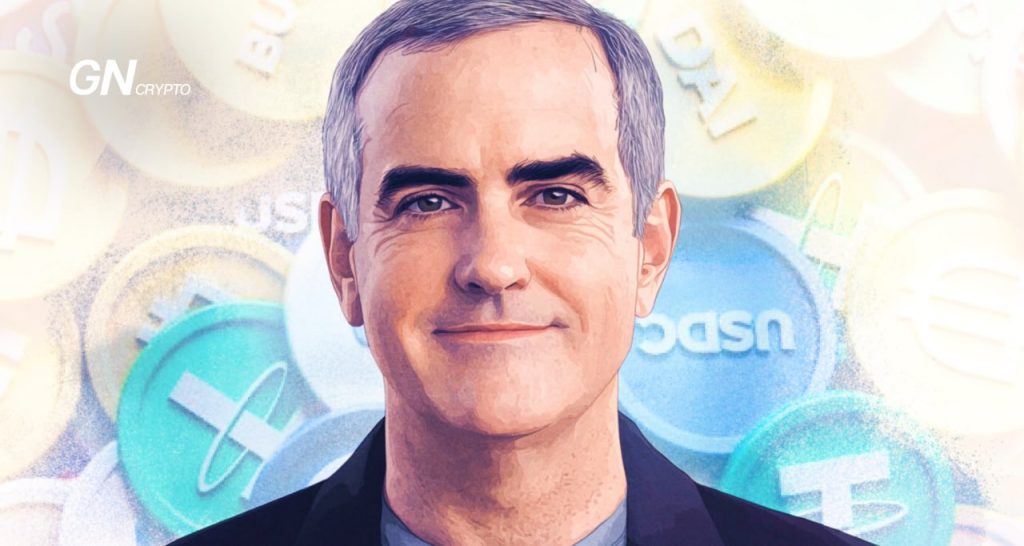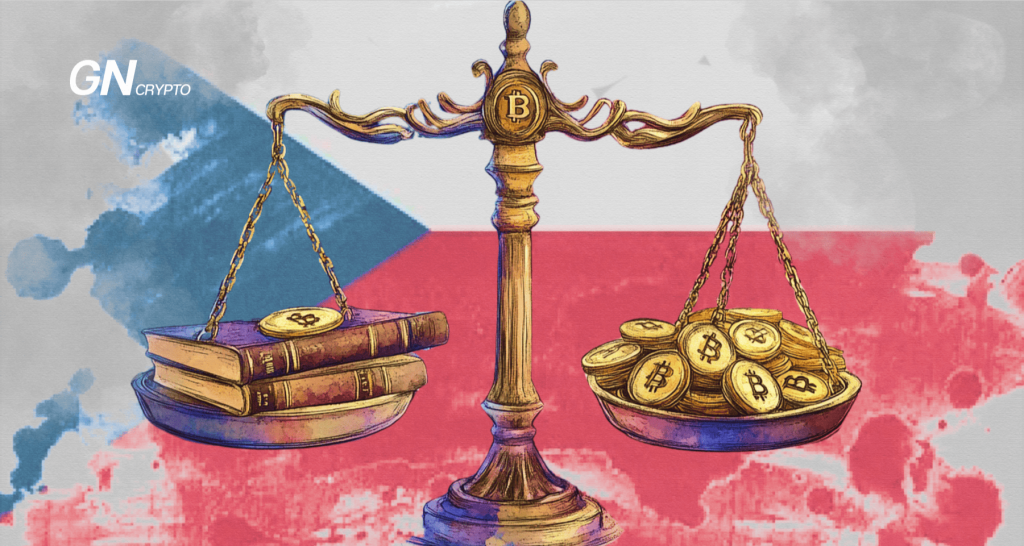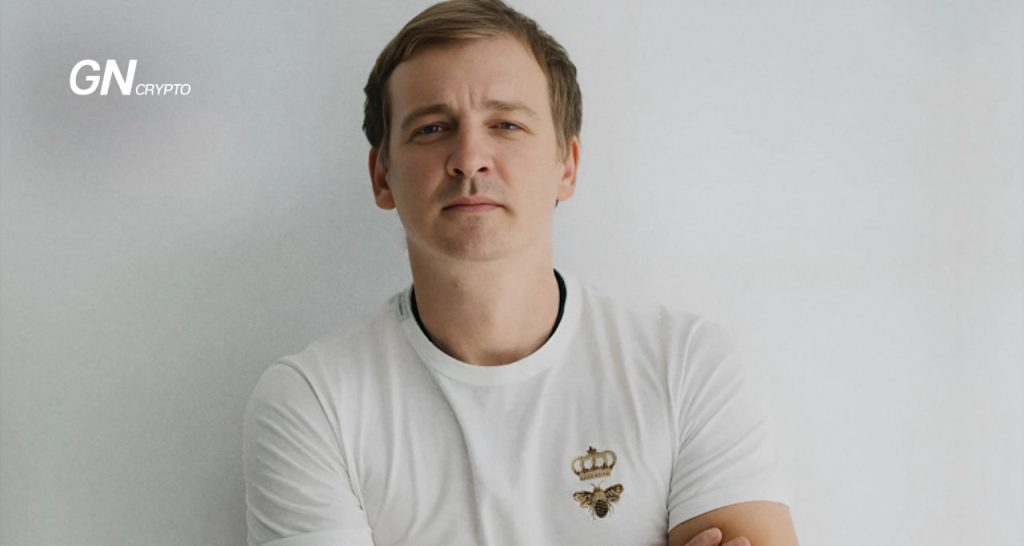What are stablecoins and why do they depreciate?

A stablecoin is a cryptocurrency whose price is pegged to an existing currency or asset.
Stablecoins are not limited to U.S. dollar-backed cryptocurrencies. A stablecoin can be pegged to any asset, such as gold (PAXG, XAUT), Euro (EURT), and many other fiat currencies.
Technically, the stablecoin price invariably goes in line with the asset to which it is pegged, but deviations from the exchange rate (“depegs”) may also happen. The depreciation of Terra’s UST token is excellent proof of this. To understand how this happens, we will review the types of stablecoins and explain their features.
Centralized stablecoins
The main aspect of any stablecoin is that it is backed by real currency. Centralized stablecoins are issued by a centralized issuer (a company, exchange, or crypto fund). Their reserves are mostly backed by fiat currencies or other “real” assets.
Most popular stablecoins fall under this category. USDT is minted by Tether, USDC is issued by Coinbase and Circle, USDP – by Paxos, and so on. All these tokens operate within their jurisdictions and are created for specific purposes, but they do not differ much in their features.
This is the most reliable type of stablecoins when it comes to depreciation. Its disadvantages include excessive centralization of the token management, as well as the difficulty of confirming reserves. Every issuing company undergoes an audit, which results in a collateral report. It might be a tough job due to the large cap or asset diversity (bonds, securities, and fiat).
Decentralized stablecoins
The crypto community has long realized the need to verge away from banking structures. Anyone can mint a decentralized stablecoin by locking up their cryptocurrency as collateral. Hence, any user may use stablecoins and remove third-party involvement.
The largest decentralized stablecoin is DAI maintained by MakerDAO. The collateralization ratio of DAI is set at the 1.5:1 rate. That is, you get 1 DAI for $1.5 in BTC. This is a good approach from the collateral perspective – the token has a large value “reserve”. However, this poses a capital efficiency problem. Why bother locking up so much money if you don't get a reasonable yield and buying the token on the market is much more effortless?
Algorithmic stablecoins
Many crypto projects create their own stablecoins to facilitate the usability of their platforms, DeFi exchanges, protocols, etc. Since pooling reserves with fiat or existing stablecoins is a quite costly process, startups usually back up their stablecoins with their own coin. It's a convenient and cost-effective solution: transfer a part of an asset from tokenomics to back up a stablecoin, add some BTC or ETH, and you get a stablecoin collateralized only by cryptocurrency, but not 100%.
In fact, the price of such an asset is determined by the interaction of supply and demand, so there is a threat of increased volatility and potential crash. That is exactly what happened with the UST token. Its reserve pool was built of LUNA and Bitcoin. When BTC was removed as the collateral layer backing the stablecoin, the token began to depreciate as users realized they were holding “air” in their wallets. The panicked sale caused the stablecoin drawdown, with the algorithm beginning to sell LUNA to cover the shortfall. But, instead of a rate recovery, UST pulled LUNA down.
Nevertheless, high capital efficiency has made algorithmic stablecoins very popular. Crypto projects offer high-interest rates on deposits, encouraging traders to hold or stake tokens. In addition, emerging hybrid types of collateral are designed to offset the likelihood of depegs. Such projects include Fei USD (FEI), Ampleforth (AMPL), Frax Finance (FRAX), Magic Internet Money (MIM), and many others.
However, the crypto community is likely to create a stablecoin that would have three key features – decentralization, peg stability, and capital efficiency. That’s the way the stablecoin industry should go in the next few years.
The content on The Coinomist is for informational purposes only and should not be interpreted as financial advice. While we strive to provide accurate and up-to-date information, we do not guarantee the accuracy, completeness, or reliability of any content. Neither we accept liability for any errors or omissions in the information provided or for any financial losses incurred as a result of relying on this information. Actions based on this content are at your own risk. Always do your own research and consult a professional. See our Terms, Privacy Policy, and Disclaimers for more details.







